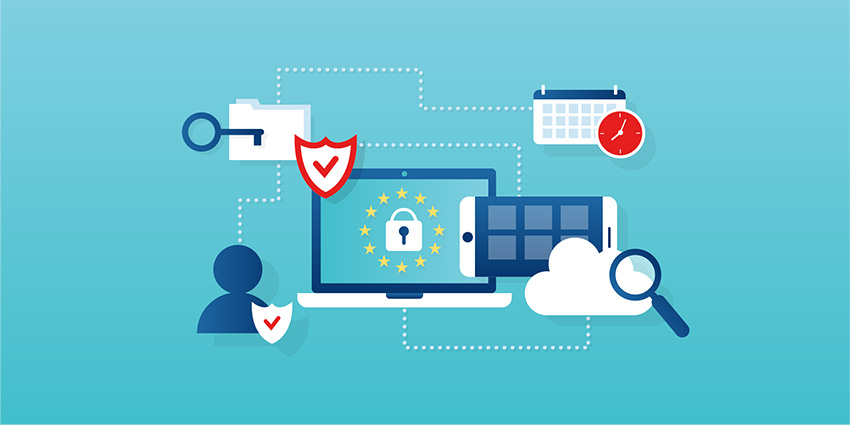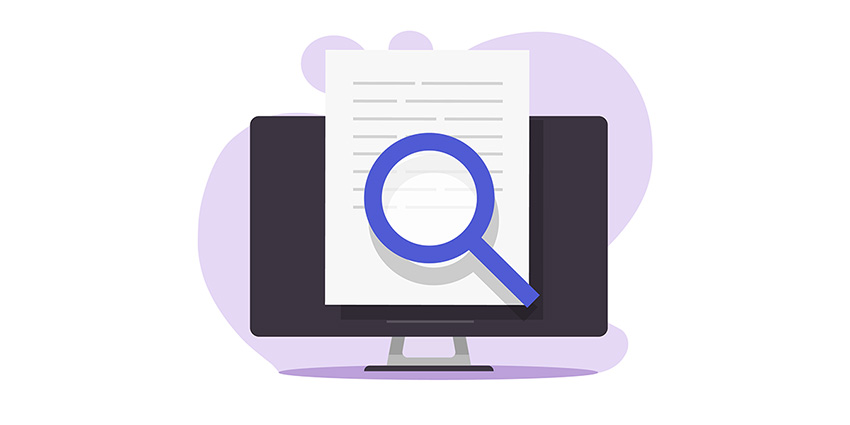Defining the Document Review Phase Of Ediscovery
Document review is a bit of a monolith when it comes to ediscovery. Known simply as “review,” document review is the stage of the EDRM in which organizations examine documents connected to a litigation matter to determine if they are relevant, responsive, or privileged. It is often the most labor intensive and expensive part of the ediscovery process.
What is the Purpose of Document Review?
Document review is the final stage before production, in which a litigant provides discoverable information to its opponent. The purpose of document review, then, is to identify what information falls within the scope of discovery. Under Federal Rule of Civil Procedure 26(b)(1), that includes “any nonprivileged matter that is relevant to any party’s claim or defense and proportional to the needs of the case.”
Document review can also be used for broader purposes, such as regulatory investigations, subpoena and third-party requests, internal investigations, and in due diligence assessments for mergers and acquisitions.
What is the Process of Document Review?

This is achieved today through a combination of human review teams and technology. Reviewing lawyers must understand the legal and factual issues in the litigation and make the necessary judgment calls as to privilege and responsiveness. To minimize cost, teams of contract attorneys or paralegals are often employed to examine individual documents one at a time to determine what type of information they contain. These processes are becoming less labor intensive as technology evolves, but review still represents the part of the EDRM where the most cost savings are to be had.
Paralegals or other document reviewers generally designate documents, at a minimum, as privileged, relevant, or responsive. These designations are referred to as “tags.” Depending on the review protocol, reviewers may also apply case-specific tags concerning issues, sensitivity tags to indicate particularly “hot,” or “smoking gun,” documents, or helpfulness tags such as positive, neutral, or negative. Tags represent valuable attorney work product and should be retained whenever possible for documents that may be involved in multiple litigation matters.
Why is Document Review Important?
Due to outsourcing and the high cost of using lawyers, document review is the most expensive stage of ediscovery. It is generally responsible for 70% to 80% of the total cost of ediscovery. To control the extravagant costs, litigants strive to narrow the field of documents that they must review. The processing stage of ediscovery is intended in large part to eliminate redundant information and to organize the remaining information for efficient, cost-effective document review.
How to Choose the Right Document Review Software

With the right ediscovery software, in-house teams can initiate legal holds with ease, conduct targeted preservation and collections, process data at hyperspeed, and review documents with confidence.
Because a typical third-party service might charge hundreds—or thousands—of dollars per hour for document review, even a small reduction in outsourcing can have a significant impact on the bottom line. As a result, many corporate legal teams are reducing costs by conducting some or all of their ediscovery in-house. By bringing document review software in-house, teams also benefit from faster case resolution and improved data security. Modern, cloud-based ediscovery software enables corporate legal departments to bring routine document review in-house, requiring minimal training and staff resources while offering huge cost savings and security benefits.
Here are a few things to keep in mind before choosing a document review software:
- Invest in a Modern, Cloud-Based Application
- Investing in an in-house cloud-native processing application is a prime opportunity for legal teams to save time and money and improve data security throughout the ediscovery process. Look for a solution built on true cloud architecture. Don’t sacrifice data security. Take the software for a test drive. It’s critical to look under the hood before making a big decision.
- Investing in an in-house cloud-native processing application is a prime opportunity for legal teams to save time and money and improve data security throughout the ediscovery process. Look for a solution built on true cloud architecture. Don’t sacrifice data security. Take the software for a test drive. It’s critical to look under the hood before making a big decision.
- Get Organized
- Before you can begin the culling process, you need to get your data in the system and lay the groundwork for successful ediscovery. Having a correctly loaded and organized dataset will save you time at every step. Everything from storing your data logically to having consistent naming conventions will help.
- Before you can begin the culling process, you need to get your data in the system and lay the groundwork for successful ediscovery. Having a correctly loaded and organized dataset will save you time at every step. Everything from storing your data logically to having consistent naming conventions will help.
- Cull Inside the Lines
- During the 26(f) meet and confer conference with opposing counsel, all parties should reach agreement regarding the culling criteria that will be applied to identify the potentially responsive data set (i.e. priority custodians, date range, search terms, domain culling, etc.). Using this criteria, you can search for relevant data and cull results to reduce the overall volume before sending to outside review.
- During the 26(f) meet and confer conference with opposing counsel, all parties should reach agreement regarding the culling criteria that will be applied to identify the potentially responsive data set (i.e. priority custodians, date range, search terms, domain culling, etc.). Using this criteria, you can search for relevant data and cull results to reduce the overall volume before sending to outside review.
- Get Smart About Review
- Once you have processed and culled the data to eliminate non-responsive information, you can begin to review the documents. Streamline the process with common features found in modern ediscovery software such as: Keyword highlighting, view email threads, stemmed searches, tagging content that’s relevant.
- Once you have processed and culled the data to eliminate non-responsive information, you can begin to review the documents. Streamline the process with common features found in modern ediscovery software such as: Keyword highlighting, view email threads, stemmed searches, tagging content that’s relevant.
- Produce, Produce, Produce:
- A second key outcome from the 26(f) meet and confer will be agreement on how the data is produced for the requesting party. Once the potentially responsive dataset has been identified and you are ready to export the files for production, there are a few ways to stay organized: Tag for easy reference, apply Bates numbers, leverage rolling productions, and stay efficient.
- A second key outcome from the 26(f) meet and confer will be agreement on how the data is produced for the requesting party. Once the potentially responsive dataset has been identified and you are ready to export the files for production, there are a few ways to stay organized: Tag for easy reference, apply Bates numbers, leverage rolling productions, and stay efficient.
The Zapproved Approach to Document Review
At Zapproved, our ZDiscovery Review module helps legal teams save money by bringing more ediscovery in-house and reducing data volumes when outside counsel is needed. Designed specifically to help corporate legal teams handle routine review for matters such as internal investigations, litigation, subpoena responses, and compliance matters, ZDiscovery Review is easy to learn and easy to use – no extensive training required.
Ready to take control of Ediscovery? Learn more about ZDiscovery
Book a CallGlossary definition
Document review is the stage of ediscovery prior to production, in which lawyers examine documents to determine if they are relevant, responsive, or privileged. Review is the final step before production, in which a litigant provides discoverable information to its opponent. The purpose of document review, then, is to identify what information falls within the scope of discovery.




